I'm trying to read data from memory of a process by inputing the process name, then finding PID using psutil. So far I have this:
import ctypes
from ctypes import *
from ctypes.wintypes import *
import win32ui
import psutil # install, not a default module
import sys
# input process name
nameprocess = "notepad.exe"
# find pid
def getpid():
for proc in psutil.process_iter():
if proc.name() == nameprocess:
return proc.pid
PROCESS_ID = getpid()
if PROCESS_ID == None:
print "Process was not found"
sys.exit(1)
# read from addresses
STRLEN = 255
PROCESS_VM_READ = 0x0010
process = windll.kernel32.OpenProcess(PROCESS_VM_READ, 0, PROCESS_ID)
readProcMem = windll.kernel32.ReadProcessMemory
buf = ctypes.create_string_buffer(STRLEN)
for i in range(1,100):
if readProcMem(process, hex(i), buf, STRLEN, 0):
print buf.raw
The last for loop should read and print contents of the first 100 addresses in the process if I'm getting this right. Only thing is, the output looks like complete gibberish.
There are 2 problems for me here: first, am I really reading the addresses from the selected process this way? And second, how can I figure how long in the loop I should go, if there is maybe some kind of end address?

